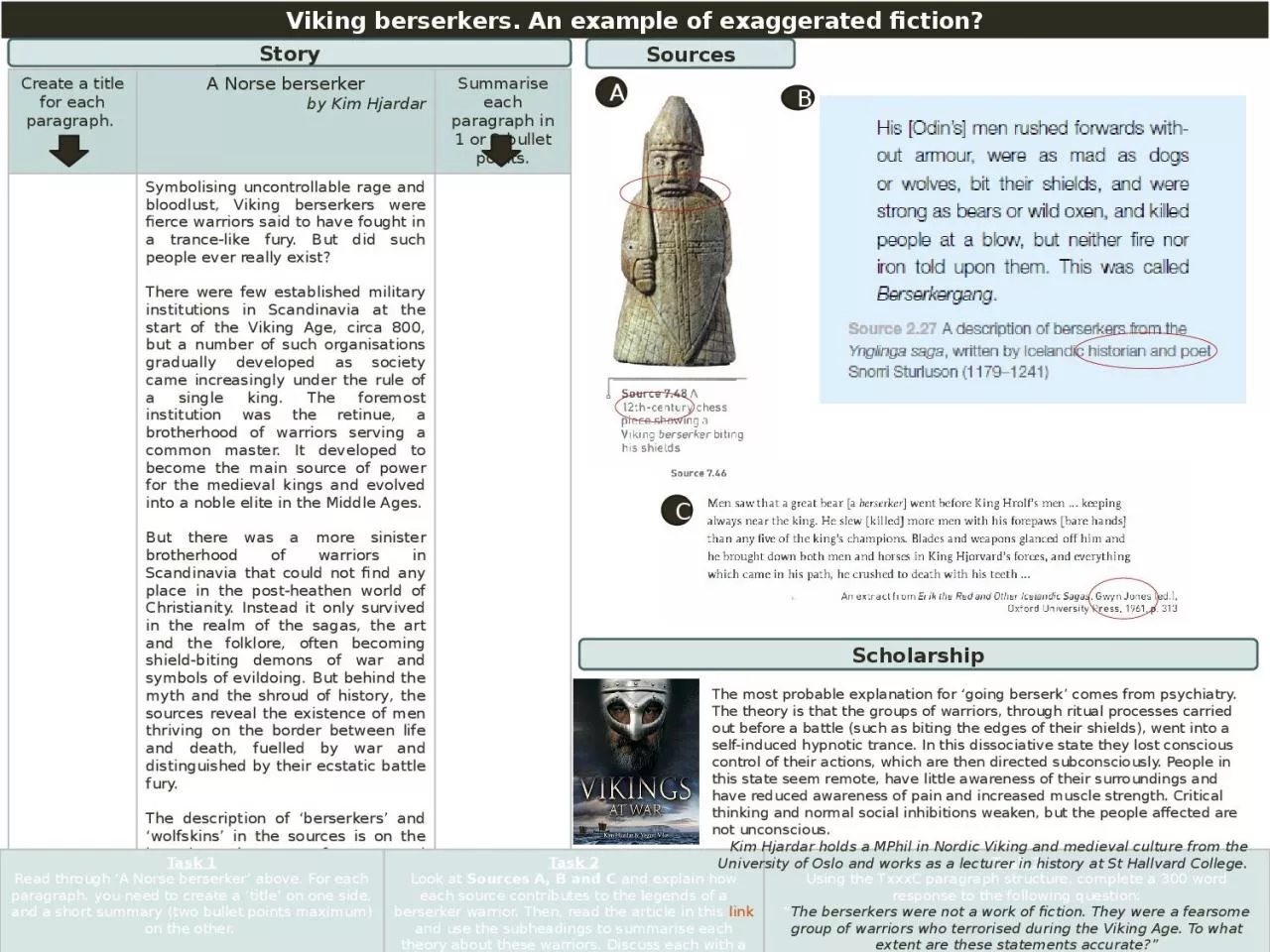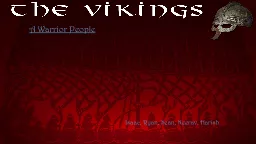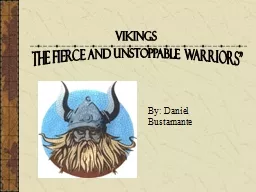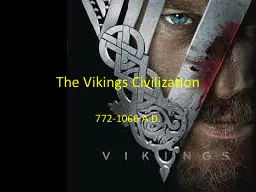PPT-Viking berserkers. An example of exaggerated fiction?
Author : elena | Published Date : 2023-05-20
Story Sources Create a title for each paragraph A Norse berserker by Kim Hjardar Summarise each paragraph in 1 or 2 bullet points Symbolising uncontrollable rage
Presentation Embed Code
Download Presentation
Download Presentation The PPT/PDF document "Viking berserkers. An example of exagger..." is the property of its rightful owner. Permission is granted to download and print the materials on this website for personal, non-commercial use only, and to display it on your personal computer provided you do not modify the materials and that you retain all copyright notices contained in the materials. By downloading content from our website, you accept the terms of this agreement.
Viking berserkers. An example of exaggerated fiction?: Transcript
Download Rules Of Document
"Viking berserkers. An example of exaggerated fiction?"The content belongs to its owner. You may download and print it for personal use, without modification, and keep all copyright notices. By downloading, you agree to these terms.
Related Documents














